
The Free Press

Our culture is just as important as politics, maybe even more so. And right now, some harsh truth-telling is needed. But who can we trust to report on the state of our culture?
Can we ask the media to evaluate the media? Can we expect the music business to assess the music business? Will truth bombs fall on the red carpet on Oscar night?
That’s like expecting hell to have an ice hockey team.
You need an outsider to do this. So I nominate myself.
I used to be part of the system—with all sorts of fancy institutional affiliations. But I’ve left those behind to pursue the ultimate indie stance. I’m now a freelancer and Substacker, and (above all) a culture lover who is devoted to music, movies, books, TV, visual arts, and anything else that sets my heart aflutter.
But I care about more than just artistry. I also want to foster a healthy cultural ecosystem that lets creative people thrive. Maybe that’s why I’m anxious.
So here’s my report on where we are today. I think the facts might surprise you.
First revelation: It really is boom times. At least, the numbers are huge:
A hundred thousand songs are uploaded daily to streaming platforms.
In the last year, 1.7 million books were self-published.
Every minute, 2,500 videos are uploaded to YouTube.
There are now 3 million podcasts—and 30 million podcast episodes were released last year.
About 86 percent of youngsters want to grow up to become influencers, and they contribute to these impressive numbers.
A hundred years ago, you folks didn’t even own a radio. Just last year, you thought TikTok was a breath mint. And now look at all those big numbers.
The metrics for our culture have never been. . . well, they’ve never been larger.
And that’s just what the humans do. We’ve got to add in all the robot stuff, too. We now have music, writing, and visual art from artificial intelligence—and it can create a theoretically infinite number of works.
Everybody can have their own theme song. Or get a custom-made poem from ChatGPT. Or if you want a painting of Drake in the style of Rembrandt, AI can deliver that too.
Our culture is one of abundance and instantaneous gratification.


Do you want a Cubist painting of the Star Trek spaceship? It’s yours for the asking, my friend.

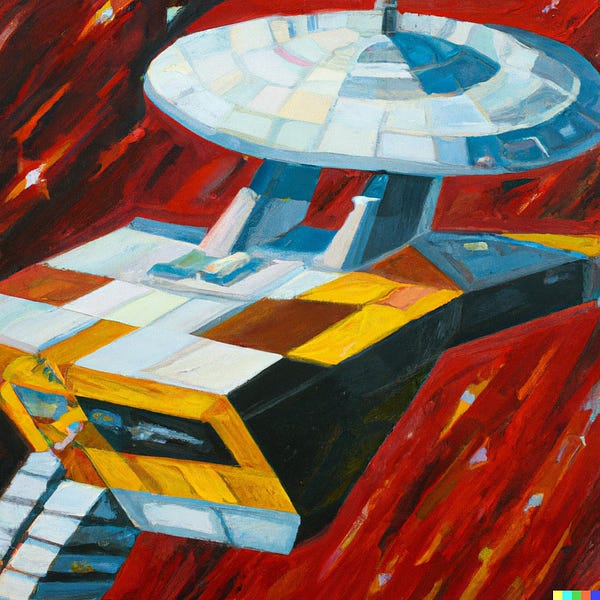
Never before has so much culture been available to so many at such little cost.
There’s just one tiny problem.
Where’s the audience? The supply of culture is huge and growing. But the demand side of the equation is ugly.
In many cases—newspaper subscriptions, album purchases, movie ticket sales, etc.—the metrics have been shrinking or even collapsing.
For books to flourish, for example, you need a culture that promotes reading. But most people live happily without those reprocessed trees. As a result, only 28 books sold more than 500,000 copies last year—and eight of them were by the same romance writer.
The money in music is even more slippery. The list of highest earning musicians last year is filled with artists who either got rid of their song catalogs—they made the list by selling out to corporations and investment funds—or had side deals in other industries. You can be the greatest musician on the planet, but you still need to peddle sneakers or cosmetics or tequila to be a top earner.
Sure, there are a tiny number of highly paid performing gigs, but be prepared to go to Dubai or Las Vegas to pick up those oversize paychecks. Of course, you can do something cool like set up shop on Broadway, but check out the ticket prices.

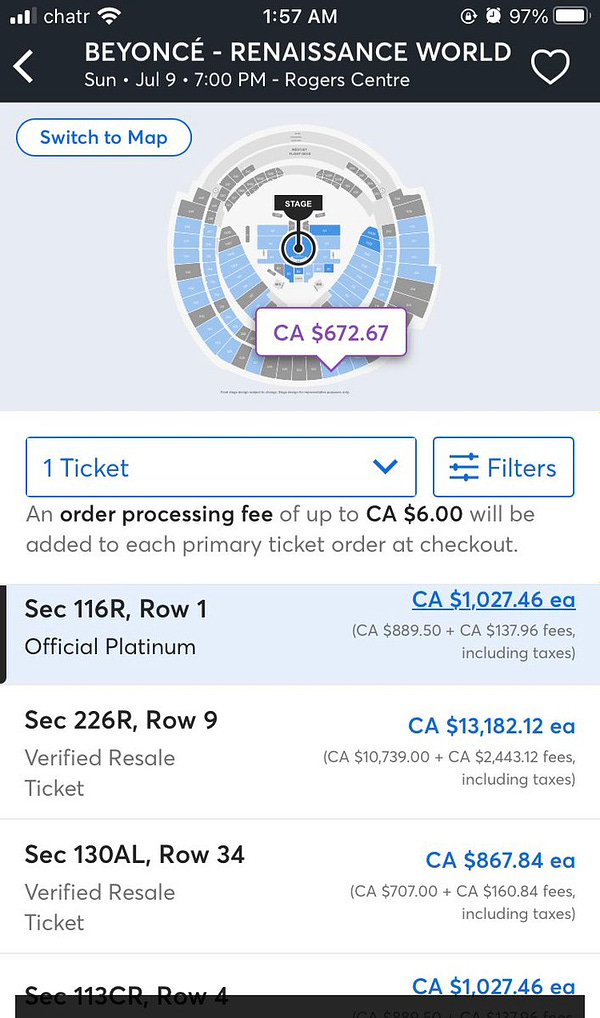
What a crazy world we live in. If you’re a wealthy musician, you play for the wealthy too. Everybody else can suck eggs—at least, if they can afford them.
But somehow, this doesn’t feel right.
In this stratified culture, millions of songs are released, but the rewards go to a few dozen superstars. Everything else is lost in the noise. It’s a culture by the elites, for the benefit of the elites.
Of course, none of this should be surprising. The huge mismatch between supply and demand has been created deliberately by the leaders of our culture infrastructure. They give grants to create more songs and poems and plays and books. But they hardly care one jot about building a smart, discerning audience for culture.
But what good does it do to fund more songs if nobody is listening?
Building an audience is hard work and doesn’t make for a fancy press release. You get status in the culture business by hanging out with famous artists. And if you give them enough money, they really do show up at your party.
But let’s turn around and look at those folks in the audience. It’s sobering to see what they’re actually doing. Consumers of culture have so many options to choose from—so what do they pick?
The brutal truth is that there’s an ocean of stuff out there, but consumers sip it through a narrow straw.
You can tell a lot about the future by looking at teenagers. What that data tells us is that they pick a web platform—often only one—and it becomes their prism for evaluating the entire world.
One of the big winners here is YouTube. It’s so pervasive that we may soon need 12-step programs for YouTube addicts.


TikTok is the other “narrow straw” in today’s culture—and this is especially troubling. TikTok turns everything into bite-size candy. Surveys reveal that teens embrace it primarily for its comic and zany attributes, and the rule for success on the platform is to “make your TikToks as short as possible.”
What happens if an entire generation ignores newspapers, periodicals, and books—and other boring things like friends and relationships—in order to experience the world and its cultural offerings in this infantilizing context?
We have to deal with this audience, whether we like it or not. That’s the crucial demand side of the equation. There’s surely no shortage of songs or articles or podcasts, so let’s focus our efforts on creating a discerning audience for these offerings. A more culturally savvy citizen is not just good business for the arts world; it’s also healthy for society.
But who will undertake this vital project?
The most obvious saviors are those huge culture businesses—companies like Disney or Universal Music Group or Fox Corp. But they pursue the exact opposite approach. They are the most cautious and risk-averse players in the whole culture ecosystem.
Nobody has done more to create a stagnant culture than Disney CEO Bob Iger, who set the course for the twenty-first century with four acquisitions:
Disney acquired Pixar for $7.4 billion in 2006.
Disney acquired Marvel for $4 billion in 2009.
Disney acquired Lucasfilm—and the lucrative Star Wars franchise—for $4 billion in 2012.
Disney acquired 20th Century Fox for $71 billion in 2019, giving them control of everything from The Simpsons to X-Men.
The Disney business, previously built on creativity and bold new ideas, was now just an umbrella for the regurgitation of familiar brand franchises. These tried-and-true stories are seen as surefire winners. Nobody ever needs to take a risk on something bold and original ever again.
But is it really surefire?
Recently, Disney announced 7,000 layoffs—and for good reason. Disney’s cash flow was $3.6 billion in 2020, but only $1 billion last year. The share price is down 46% from its peak. The acquisitions have led to an enormous debt load. The sure thing is not quite so sure anymore.
Folks better love those Marvel superhero movies—or else this whole retread and reboot strategy will crash to the ground. In the meantime, Disney may have run out of cool acquisition targets. The best idea floating around right now is to buy Hulu, which is about as exciting as cold leftover oatmeal.
And there’s a real risk that Disney itself might be acquired by Apple. I wouldn’t weep any tears over that—how could anyone manage this business with less imagination than the incumbent executive team? But the idea of Hollywood becoming a subsidiary of Silicon Valley is disturbing on many levels.
Meanwhile Netflix, once a risk-taker, is now imitating the Disney approach. It wants to buy its own story franchises—although it is forced to settle for tiny scraps.
But what we really need is a robust indie environment—in which many arts and culture businesses flourish and present their diverse offerings. Let a thousand flowers blossom.
But the funny thing is that this is actually happening, but without a lot of fanfare.
All the attention is on the downsizing—with layoffs or hiring freezes at Disney, The Washington Post, NPR, Facebook, Google, BuzzFeed, and a host of other media and entertainment businesses. But the world of alternative culture is flourishing.
That’s where the future is happening right now. By alt culture, I’m referring to things like podcasts, Bandcamp albums, YouTube channels, Substacks, and various other emerging platforms. Some of these aren’t just growing; they are growing exponentially.
Consider the fact that there are now 36 YouTube channels with more than 50 million subscribers—each of these has far more reach than any record label or newspaper.
The New York Times, by comparison, has just 9 million subscribers. That’s a drop in the bucket compared to MrBeast, who runs more than a dozen YouTube channels with an estimated 200 million aggregate subscribers—and now has his videos translated into Spanish, Hindi, Portuguese, and Russian.
I wouldn’t grasp the scope of this myself if I weren’t on Substack. But most days it feels like I stumbled, by chance, onto a rocket ship that is taking off to the heavens. That’s how it feels to run a successful Substack. The gap between the shrinkage of legacy institutions and the rapid growth of alternative ones couldn’t be more extreme.
People are shocked by the notion that MrBeast can have 20 times the reach of the largest newspaper in the world. But even more shocking is the fact that this cultural shift is still in its early stages. You ain’t seen nothing yet, folks. And all this is happening much faster than most people realize—especially those who live inside the institutionalized world of legacy culture businesses.
MrBeast picks up another million or more subscribers every week. People were amazed in 2019, when he announced that every one of his videos got more than 10 million views. But look at his performance in the last 12 months:

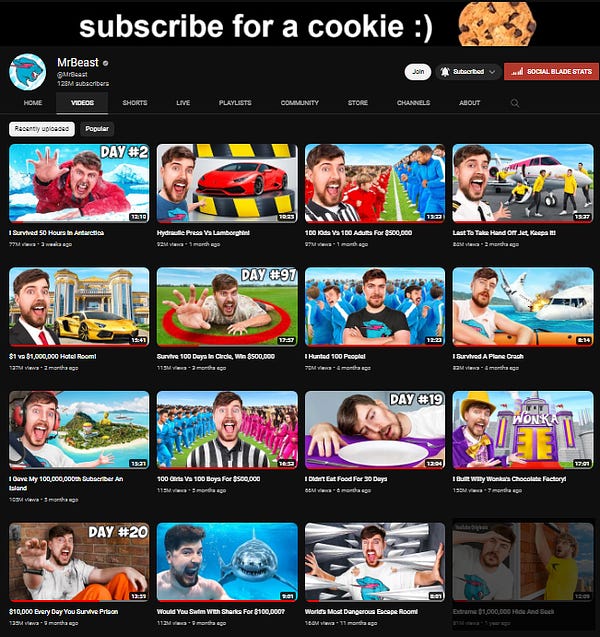
It’s only a matter of time before he starts launching new music acts. And when he does, he will be a bigger force than Sony and Universal Music Group combined. He might even start a book club or a movie studio. Don’t laugh; this is what the future is going to look like.
But of course, MrBeast is just one example. There are a hundred other success stories I could highlight in alternative culture. Most of these people keep their metrics private, so we can only guess at their size and growth. But the numbers are probably outlandish.
And this doesn’t include the hundreds of start-ups that are trying to revitalize our culture. Every week I hear from some entrepreneur who wants to help musicians (or other creatives) make more money and have more opportunities.
Not all these start-ups will succeed. In fact, most will fail. But a few will thrive. And, based on my dealings with them, they are going to be on the side of the individual artist, not the huge corporation or institution.
Can all this transform our culture? The simple fact is that it already has. And it will continue to do so at an accelerating rate.
These alternative people and platforms represent the only really successful audience development force in contemporary culture. By comparison, everybody else’s efforts are minuscule—even prestigious institutions such as Harvard University and The New York Times.
Now let’s get to the big question: do we really want freelancers like MrBeast shaping the future of our culture?
That’s a complex matter. My response is that we deserve a culture in which there are hundreds or thousands of organizations doing audience development and outreach.
In other words, I don’t want to get rid of MrBeast. I just want many other people doing something comparable. And I’d really like the people with deep pockets to play a role in this. The MacArthur Foundation (and others like it) are just a wank, if they continue to operate only on the supply side of the culture problem.
Sure, it feels good to give a famous artist a million dollars. A nonprofit gets to send out that fancy press release and share the fawning media write-ups (from other legacy institutions) with its board of trustees. But it would be better to find a way of bringing good music—and writing and film and painting, etc.—to a million people.
I shouldn’t even have to say all this. The people in those legacy institutions ought to have figured this out already. If they don’t, they will soon find themselves operating in a shrinking echo chamber.
That’s already happening. But the problem with echo chambers is that people rarely tell you the truth inside those bastions of groupthink. Meanwhile, with each passing day, real folks in the real world take you less and less seriously.
Ah, we started our speech with booming numbers. But we can also close it with booming numbers.
The dominant institutions may be stagnant and obsessed with repetitive retreads and reboots. And when a multibillion-dollar company like Disney or Facebook hits a brick wall, it gets a lot of coverage in the press. But there are thousands of small players in the culture ecosystem right now who are flourishing—or have the potential to do so.
We really ought to help them out. We all ought to buy more albums on Bandcamp or subscribe to worthy Substacks or whatever. But I have a hunch that those people are going to succeed no matter what.
The real question is whether those huge dinosaurs—major record labels or movie studios or nonprofits—start working in the same direction. If they start helping out in our project to build an audience and infrastructure for bold creative work, we have a golden age of artistry and culture ahead of us.
And if those big players don’t get on board, let’s do it without them.
That’s the state of our culture, my friends. God bless all of you—especially those who create the arts or support them as discerning members of the audience.
Let’s get together again a year from now and see how this has played out.
This essay originally appeared in Ted Gioia’s Substack The Honest Broker.
The Free Press shares Ted’s excitement for the future of our culture, and we want you to be part of it, too. Consider supporting our work by becoming a subscriber today:


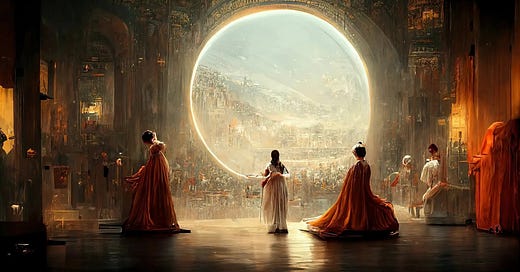


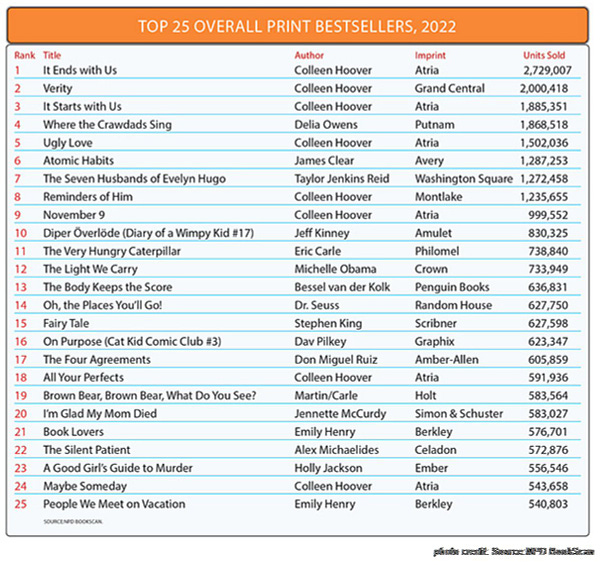
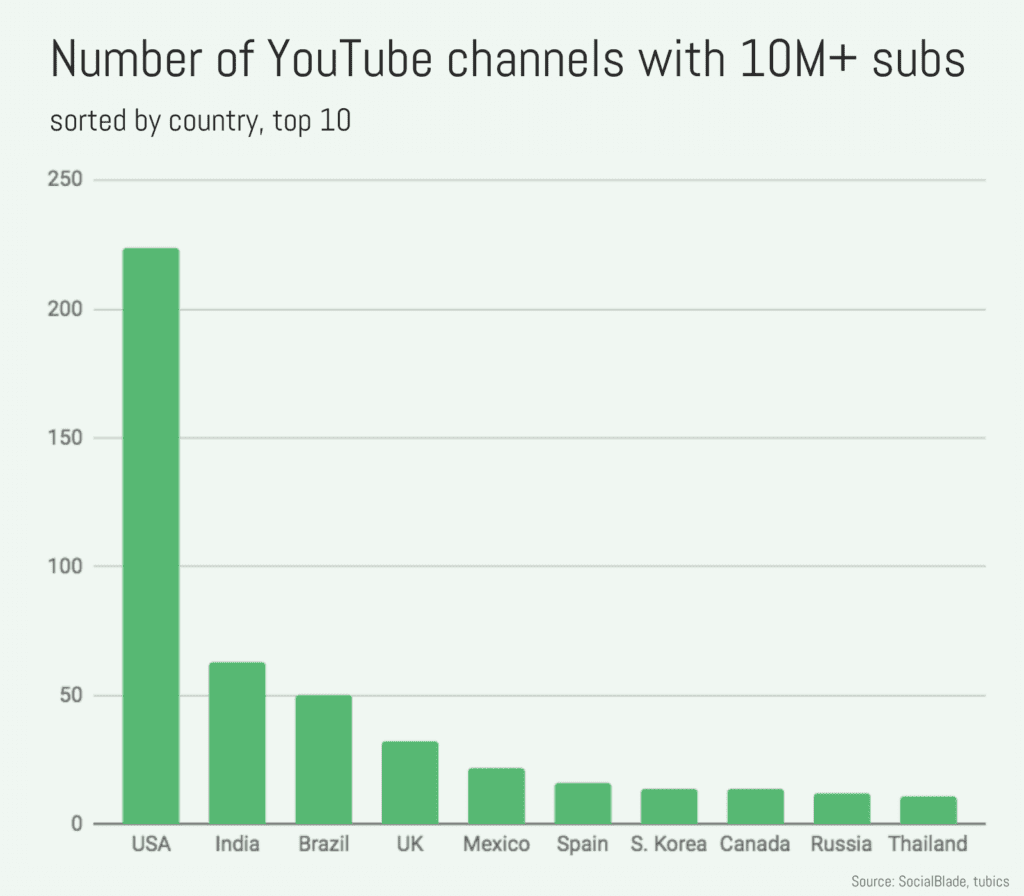

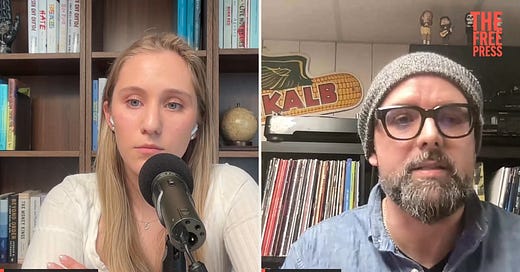

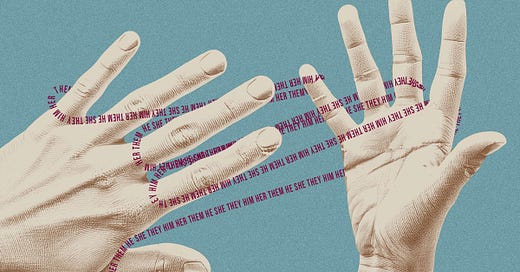

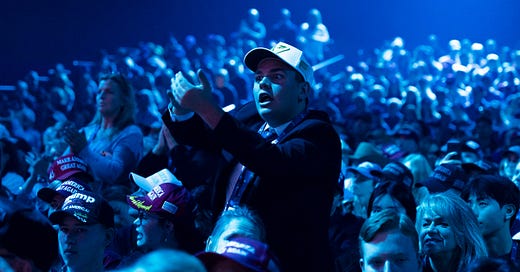
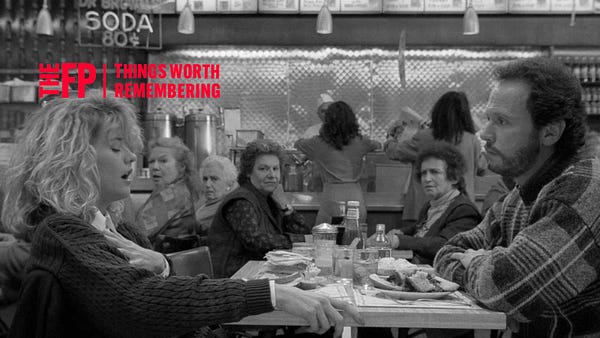



"Could you look under the hood? I think it's something to do with the culture-- it's been knocking and sputtering when I press on the gas, and sometimes the power just cuts out without any warning."
See image at: https://www.edwardkoren.com/well-theres-your-problem-cartoons-by-edward-koren/
If the article's author wanted to prove the case that alternative "culture" was virtually entirely worthless junk pandered to and lapped up by tasteless, credulous fools, then he has succeeded marvelously.
Present-day culture, compared to virtually anything (literature, music, film, painting, architecture, fashion) 100 or more years old, is _CRAP_.